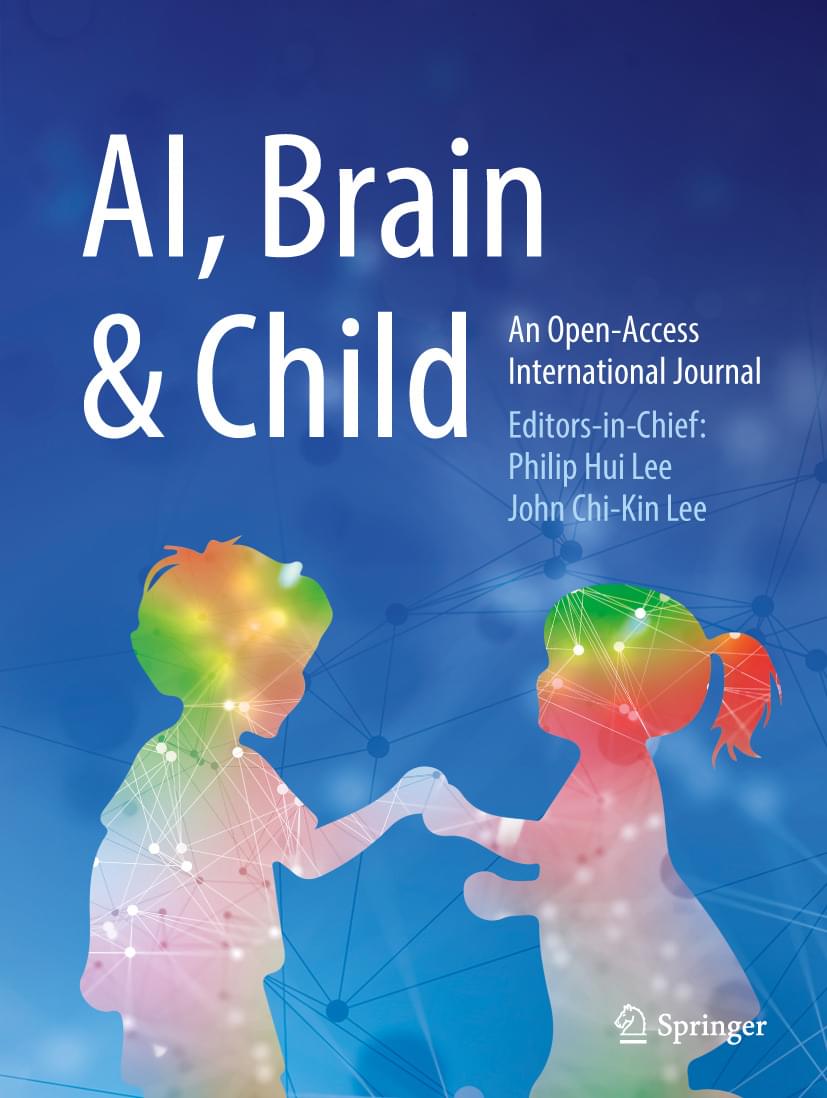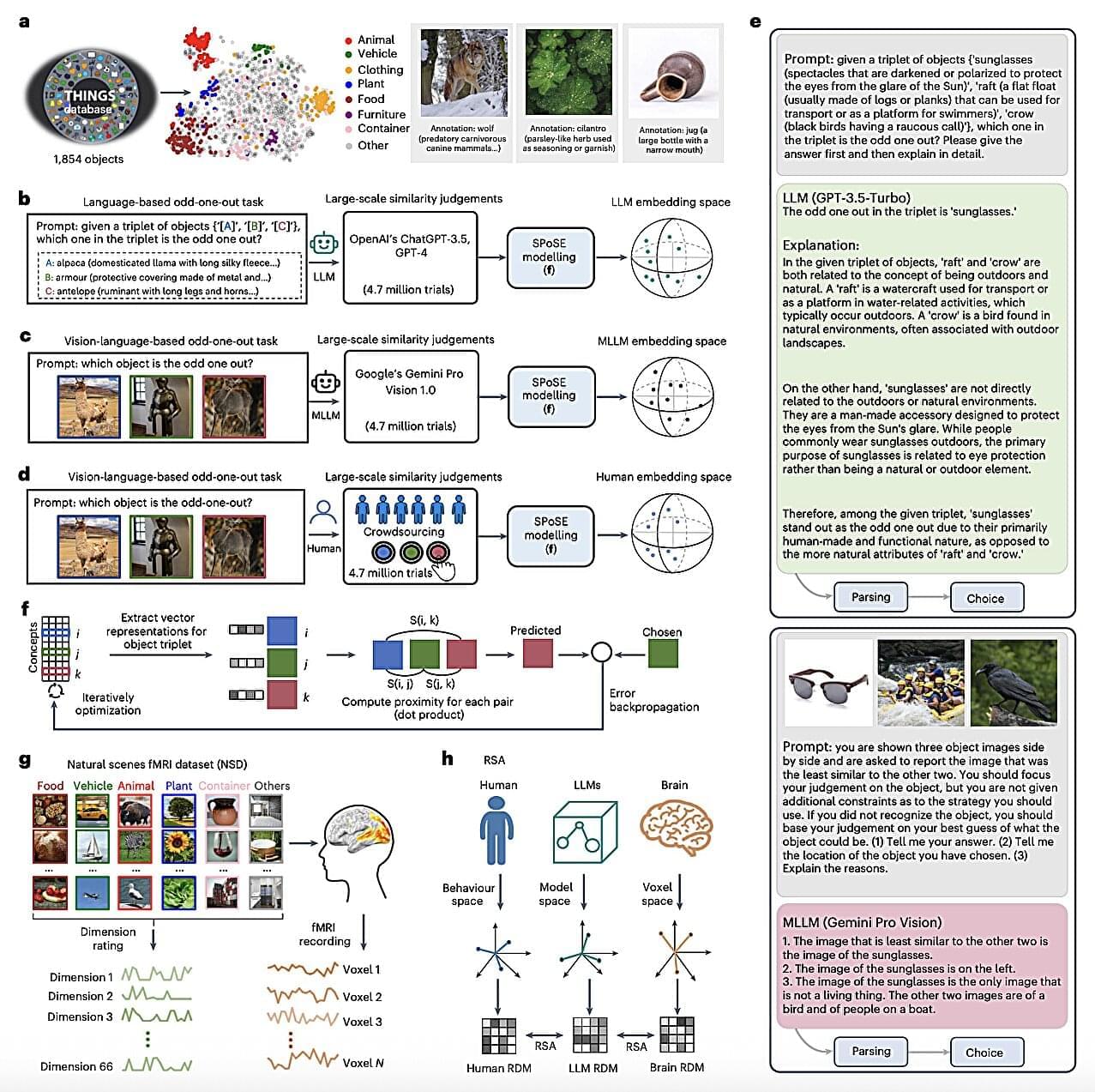Andy Konwinski is pledging $100 million of his own money for a new kind of institute to fund researchers. It’s already backed Ion Stoica’s new lab.




And an increased all-cause mortality risk…
Join us on Patreon! https://www.patreon.com/MichaelLustgartenPhD
Discount Links/Affiliates:
Blood testing (where I get the majority of my labs): https://www.ultalabtests.com/partners/michaellustgarten.
At-Home Metabolomics: https://www.iollo.com?ref=michael-lustgarten.
Use Code: CONQUERAGING At Checkout.
Clearly Filtered Water Filter: https://get.aspr.app/SHoPY



Support us! https://www.patreon.com/mlstProfessor Murray Shanahan is a renowned researcher on sophisticated cognition and its implications for artificial int…

Artificial intelligence (AI) is rapidly permeating many aspects of our everyday lives and nearly every sector of society. In education, AI innovations are increasingly recognized for their transformative potential for enhancing teaching and student learning. In this article, I focus specifically on the evolution of AI in early childhood education (ECE), serving children from birth to age 8. To shed light on this phenomenon, I synthesize pertinent literature to yield conceptual, empirical, and practical insights. I begin with a historical perspective, tracing the origins of Turing’s conception of machine intelligence and the term “AI” to the current practical applications of AI in ECE and AI use by, for, and with children. I then examine developmental appropriateness and ethical considerations surrounding AI use. Next, I identify new opportunities and challenges for early childhood teachers, offering practical recommendations for education leaders and proposing future research directions. Finally, I conclude by reimagining an AI-powered future of ECE, emphasizing the need for supportive practices, active engagement, and the cultivation of positive dispositions among all key stakeholders, who must keep pace with the evolving AI landscape by navigating new opportunities, emerging challenges, and innovative developments. Additionally, I reimagine a transformative educational landscape enriched by student-centered, innovative teaching practices that catalyze learning in an AI-child interactive environment. In this reimagined and progressive educational landscape, the children are empowered with equal opportunities and equitable resources to naturally learn about and from developmentally appropriate AI tools as well as leverage them in ethical and responsible ways to enhance their learning.

A better understanding of how the human brain represents objects that exist in nature, such as rocks, plants, animals, and so on, could have interesting implications for research in various fields, including psychology, neuroscience and computer science. Specifically, it could help shed new light on how humans interpret sensory information and complete different real-world tasks, which could also inform the development of artificial intelligence (AI) techniques that closely emulate biological and mental processes.
Multimodal large language models (LLMs), such as the latest models underpinning the functioning of the popular conversational platform ChatGPT, have been found to be highly effective computational techniques for the analysis and generation of texts in various human languages, images and even short videos.
As the texts and images generated by these models are often very convincing, to the point that they could appear to be human-created content, multimodal LLMs could be interesting experimental tools for studying the underpinnings of object representations.